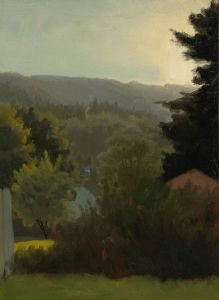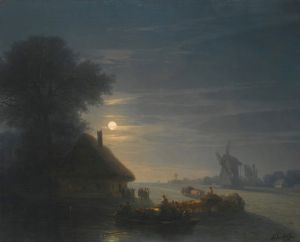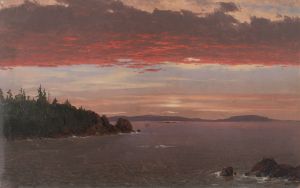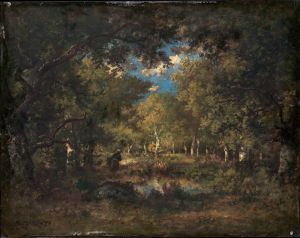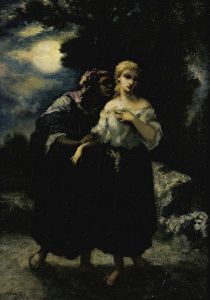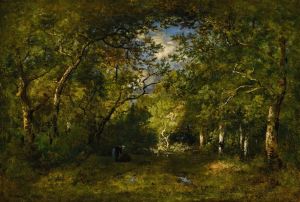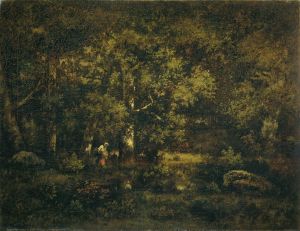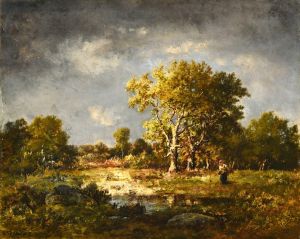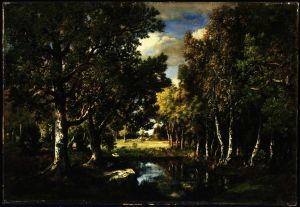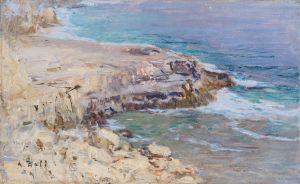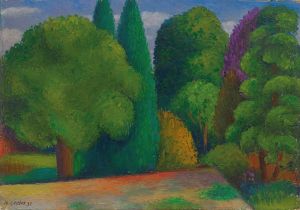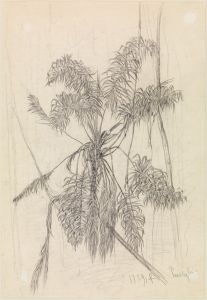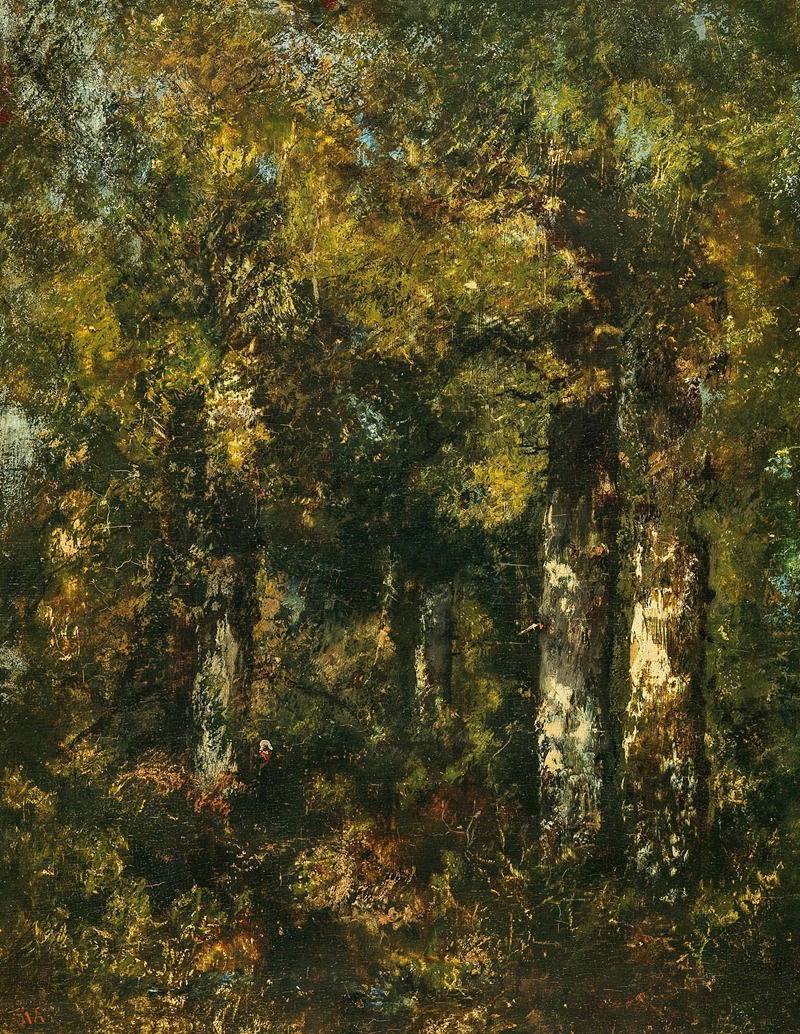
In the Forest of Fontainebleau
A hand-painted replica of Narcisse-Virgile Diaz de La Peña’s masterpiece In the Forest of Fontainebleau, meticulously crafted by professional artists to capture the true essence of the original. Each piece is created with museum-quality canvas and rare mineral pigments, carefully painted by experienced artists with delicate brushstrokes and rich, layered colors to perfectly recreate the texture of the original artwork. Unlike machine-printed reproductions, this hand-painted version brings the painting to life, infused with the artist’s emotions and skill in every stroke. Whether for personal collection or home decoration, it instantly elevates the artistic atmosphere of any space.
Narcisse-Virgile Diaz de la Peña was a prominent 19th-century French painter, known for his association with the Barbizon School, a movement that emphasized naturalism and the depiction of rural landscapes. One of his notable works is "In the Forest of Fontainebleau," which exemplifies his mastery in capturing the essence of nature and the play of light and shadow within forested environments.
The Barbizon School, named after the village of Barbizon near the Forest of Fontainebleau, was a group of painters who sought to break away from the formalism of the academic tradition and instead focus on painting en plein air, or outdoors. This approach allowed artists like Diaz de la Peña to observe and depict the natural world with greater immediacy and authenticity. The Forest of Fontainebleau itself was a popular subject for these artists due to its diverse landscapes, rich foliage, and the quality of light that filtered through its trees.
"In the Forest of Fontainebleau" reflects Diaz de la Peña's skillful use of color and texture to convey the mood and atmosphere of the forest. His technique often involved applying paint with a palette knife, which added a tactile quality to his work and enhanced the sense of depth and movement within the scene. The painting likely features a combination of dense trees, dappled sunlight, and possibly figures or animals, which were common elements in his compositions.
Diaz de la Peña's work was influenced by his contemporaries and predecessors, including Théodore Rousseau and Jean-Baptiste-Camille Corot, both of whom were also associated with the Barbizon School. However, Diaz de la Peña's unique contribution to the movement was his vibrant use of color and his ability to infuse his landscapes with a sense of romanticism and emotion. His paintings often evoke a sense of tranquility and reverence for nature, qualities that resonated with the broader Romantic movement of the time.
The Forest of Fontainebleau itself has a storied history as a royal hunting ground and a source of inspiration for artists and writers. Its proximity to Paris made it an accessible retreat for those seeking to escape the urban environment and immerse themselves in nature. The forest's varied terrain, with its rocky outcrops, dense woods, and open glades, provided endless opportunities for artistic exploration.
Diaz de la Peña's "In the Forest of Fontainebleau" is a testament to his ability to capture the fleeting effects of light and atmosphere, qualities that were central to the Barbizon School's philosophy. His work continues to be celebrated for its contribution to the development of landscape painting in the 19th century and its influence on subsequent generations of artists.
While specific details about the painting "In the Forest of Fontainebleau" may be limited, Diaz de la Peña's broader body of work and his role within the Barbizon School remain significant in the history of art. His paintings are held in various collections and continue to be appreciated for their beauty and technical skill.





